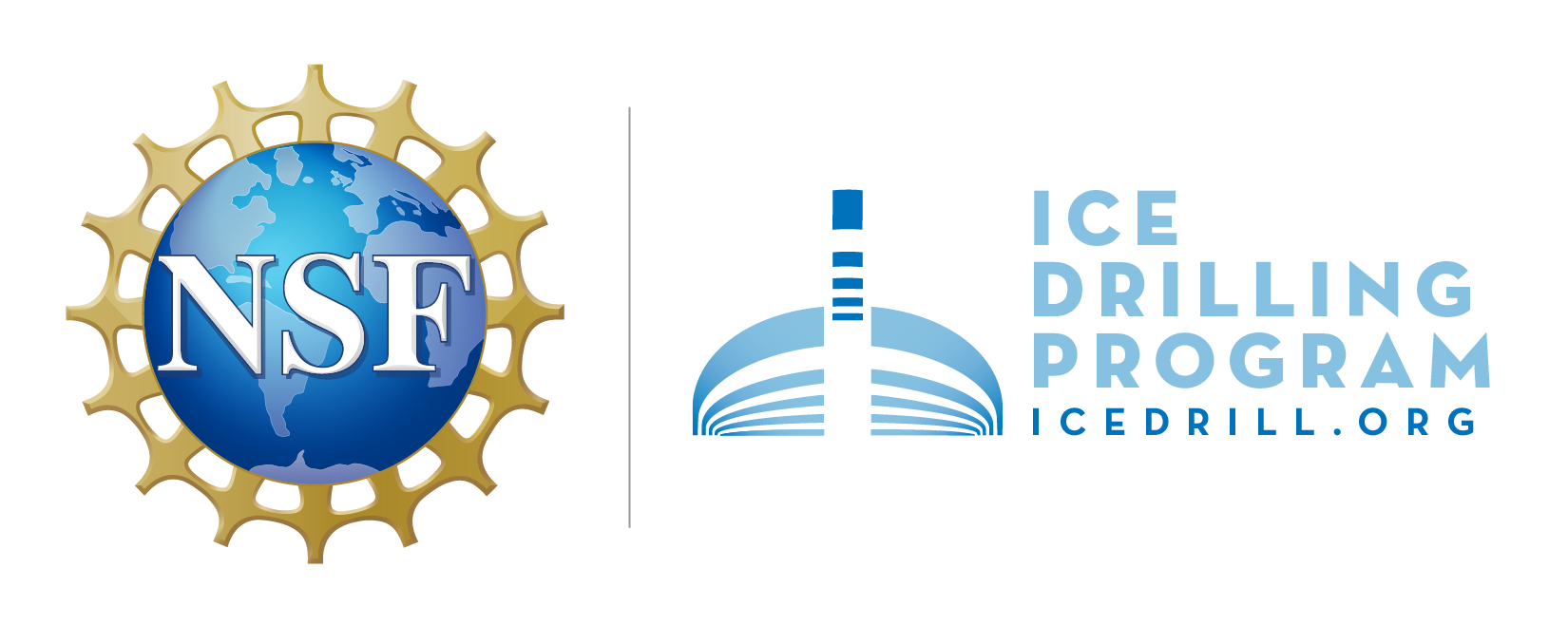If you receive any support from IDP, we kindly request you acknowledge IDP in any resultant publications or articles with the following statement: “We thank the NSF Ice Drilling Program for support activities through NSF Continuing Grant 2318480.” If you have any questions, please contact us at IceDrill@Dartmouth.edu.
Publications
Ice Drilling Technology Documents
Article Content:
The Library section of the IDP website serves as a portal to ice drilling technology documents and publications of interest to the ice drilling community, currently containing links to over 700 documents. The portal is organized by drilling topic (e.g., deep drilling, drilling fluids, hot water drilling, etc.), equipment type (e.g., Blue Ice Drill, Eclipse Drill, etc.), NSF Ice Drilling Program documents (e.g., equipment manuals, meeting/workshop presentations and notes, science requirements for equipment, etc.), and special collections (e.g., CRREL Reports, International Partnerships in Ice Core Sciences (IPICS), International Workshop/Symposium on Ice Drilling Technology series, etc.). Visit the IDP Library.
